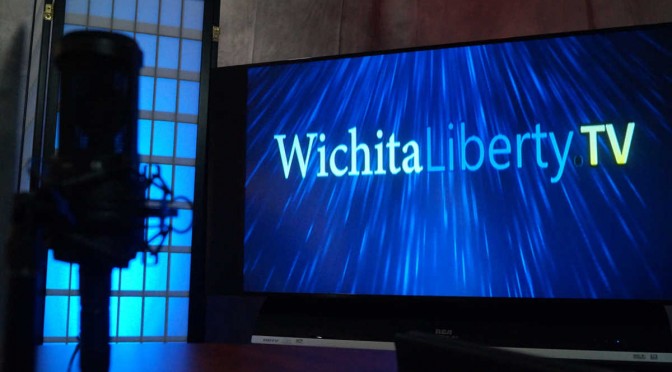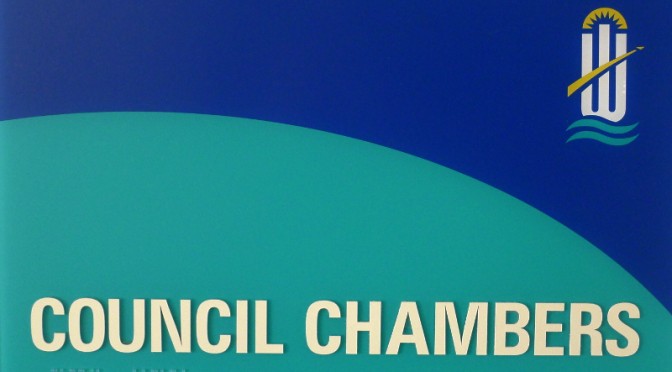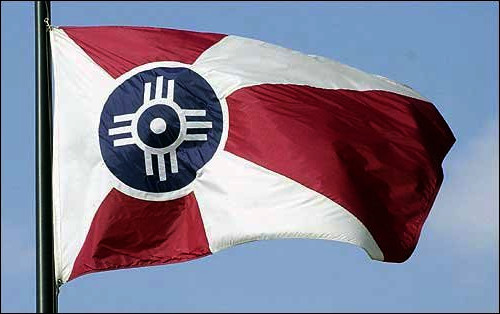With adequate river flow every day, the Wichita ASR water project produced water equivalent to seven days design capacity during June 2016.
An important part of Wichita’s water supply infrastructure is the Aquifer Storage and Recovery program, or ASR. This is a program whereby water is taken from the Little Arkansas River, treated, and injected in the Equus Beds aquifer.1 2 That water is then available in the future as is other Equus Beds water.
With a cost so far of $247 million, the city believes that ASR is a proven technology that will provide water and drought protection for many years. In 2014 the city recommended that voters approve $250 million for its expansion, to be paid for by a sales tax.3 Voters rejected the tax in the November 2014 election.
June 2016 production

The ASR project is able to draw from the Little Arkansas River when the flow is above 30 cfs. As shown in the chart of the flow of the river, there was adequate river flow for ASR to operate every day of the month for June 2016. This is counting only those days when the flow was above 30 cfs for the entire day.6
ASR project background and production
According to city documents, the original capacity of the ASR phase II project to process water and pump it into the ground (the “recharge” process) was given as “Expected volume: 30 MGD for 120 days.” That translates to 3,600,000,000 (3.6 billion or 3,600 million) gallons per year. ASR phase II was completed in 2011.

Based on experience, the city has produced a revised estimate of ASR production capability. What has been the actual experience of ASR? The U.S. Geological Survey has ASR figures available here. I’ve gathered the data and performed an analysis. (Click charts for larger versions.)

On the chart of monthly production, the horizontal line represents the revised annual production projection expressed as a constant amount each month. This even rate of production is not likely, as river flow varies. In the three years that ASR phase II has been in production, that monthly target been exceeded in five months.


As can be seen in the charts, the ASR project is operating far below its design goal.

—
Notes
- City of Wichita. Wichita Area Future Water Supply: A Model Program for Other Municipalities. Available at www.wichita.gov/Government/Departments/PWU/UtilitiesDocuments/WICHITA%20AREA%20FUTURE%20WATER%20SUPPLY.pdf. ↩
- City of Wichita. Equus Beds Aquifer Storage and Recovery Project. Available at www.wichita.gov/Government/Departments/PWU/Pages/PublicWaterSupply.aspx. ↩
- City of Wichita. Plans and Background on Proposed 1 cent Sales Tax. Available at wichitaliberty.org/wp-content/uploads/2016/05/City-Sales-Tax-Information.pdf. ↩
- United States Geological Survey. Equus Beds Water Recharge. Available at ks.water.usgs.gov/water-recharge. ↩
- Wichita, City of. Comprehensive Annual Financial Report for Fiscal Year Ended December 31, 2015. Page J-14. ↩
- United States Geological Survey. USGS 07144200 L ARKANSAS R AT VALLEY CENTER, KS. Available at waterdata.usgs.gov/usa/nwis/uv?site_no=07144200. ↩
- Wichita City Council Workshop, April 8, 2014. Video available at wichitaks.granicus.com/MediaPlayer.php?view_id=2&clip_id=2548. ↩
















